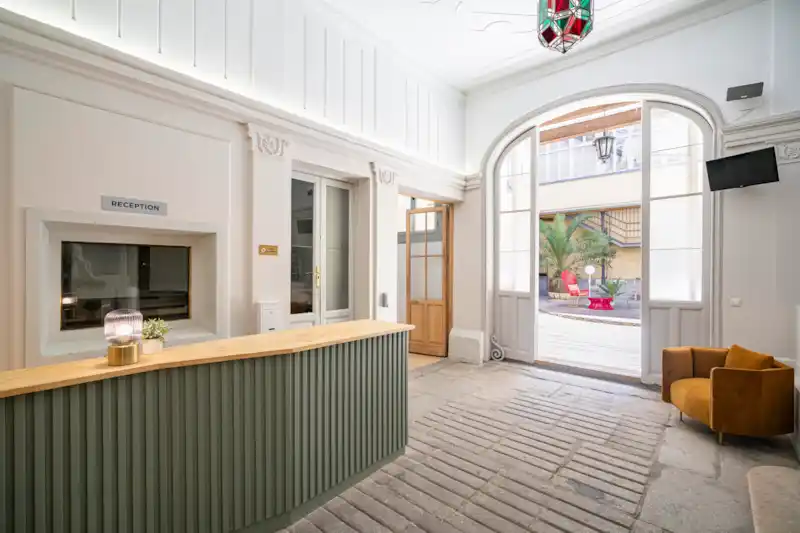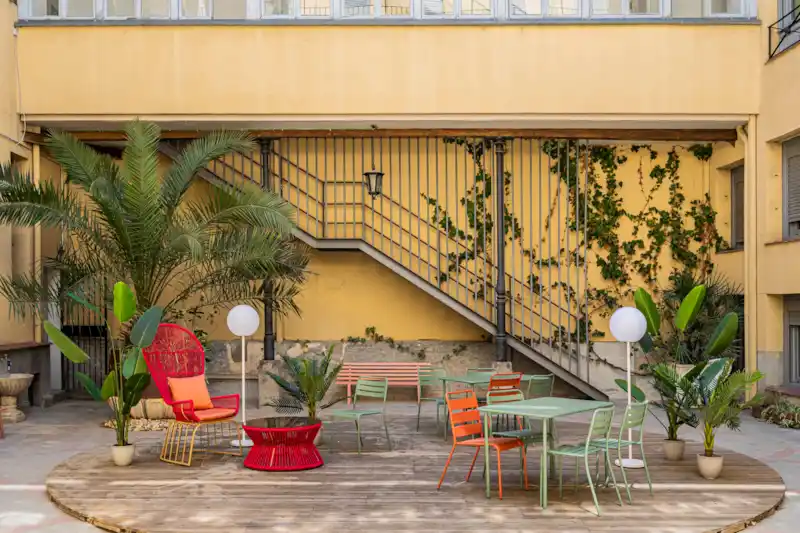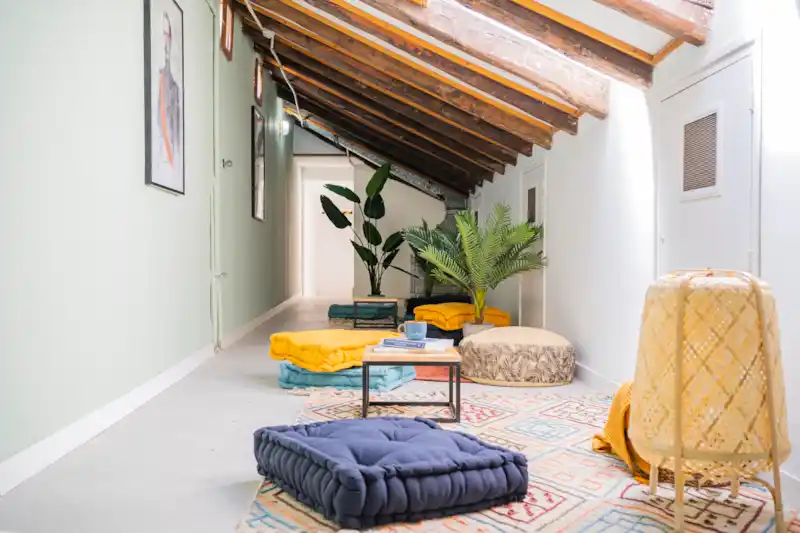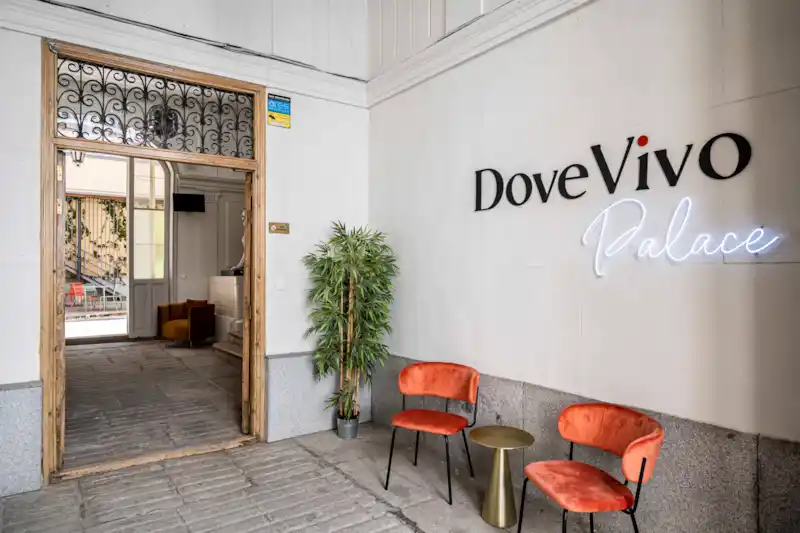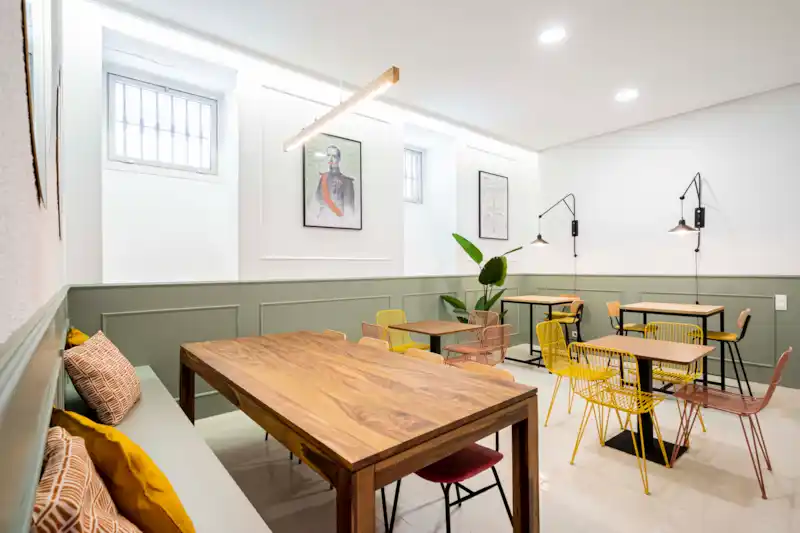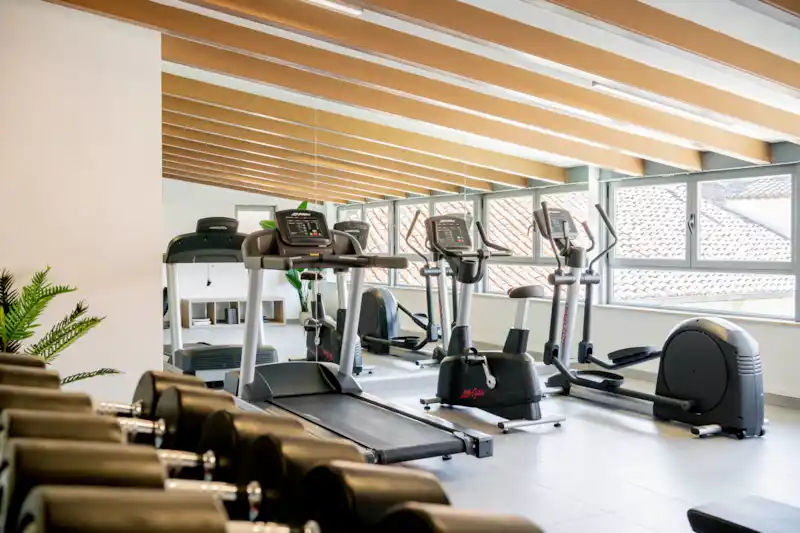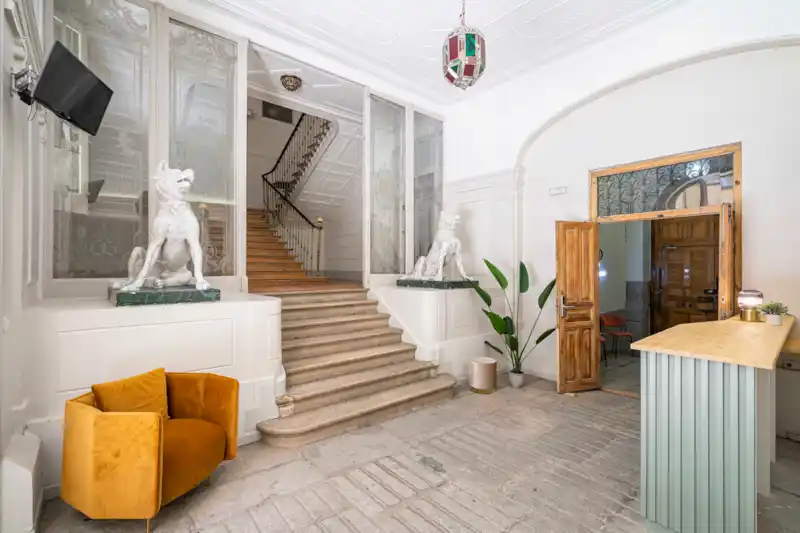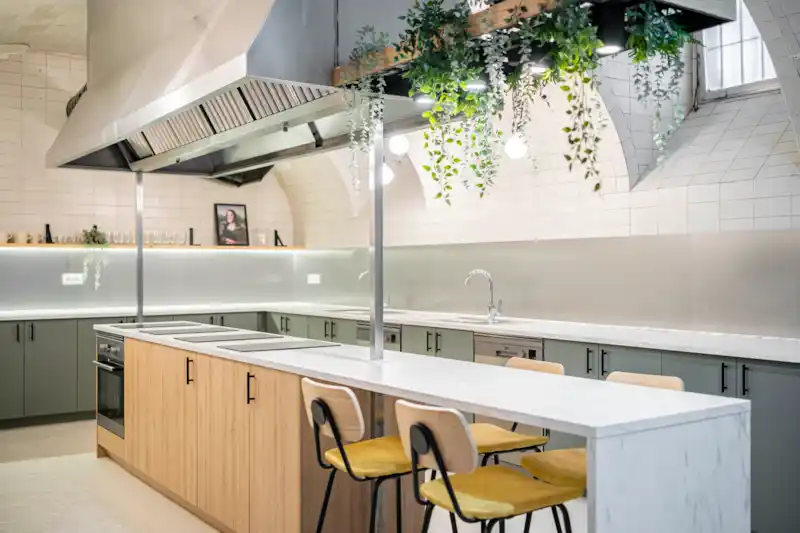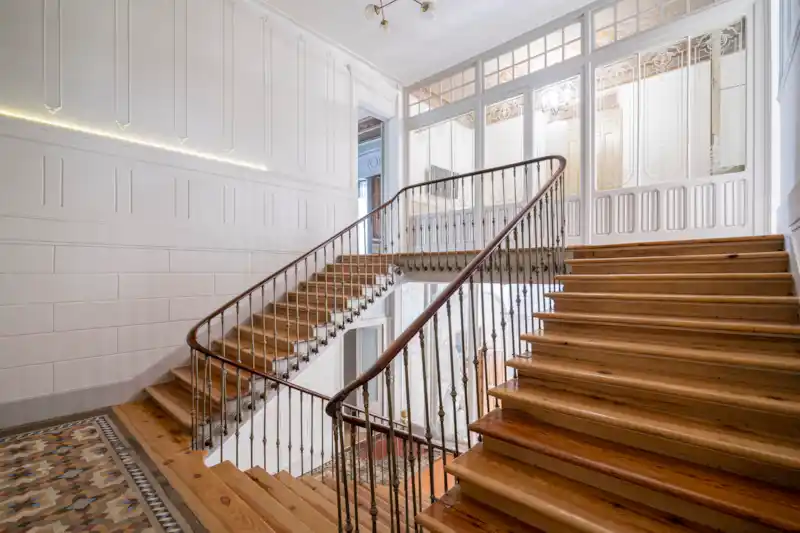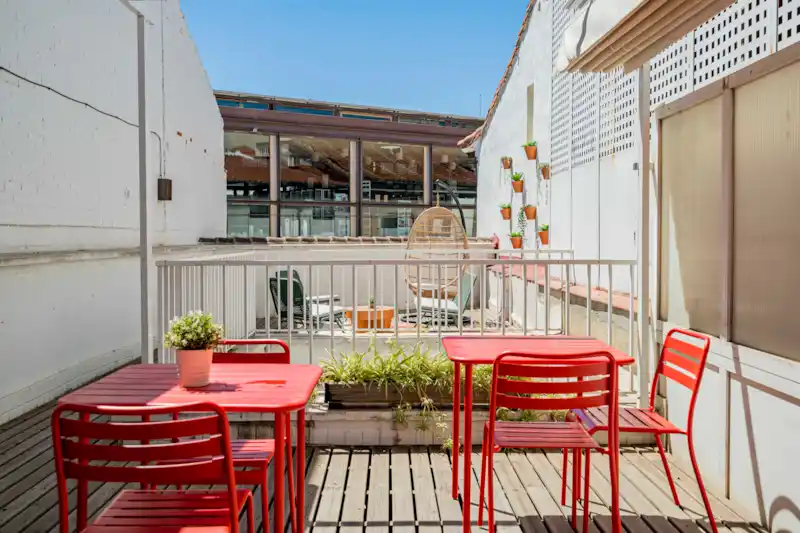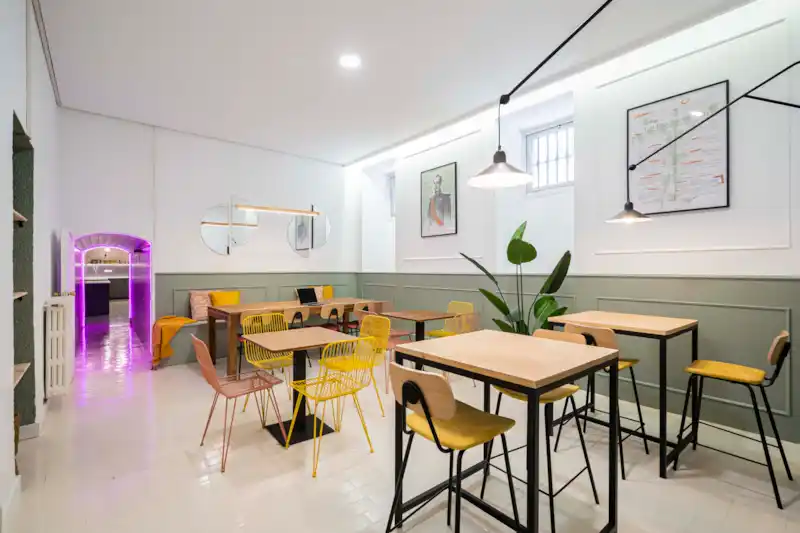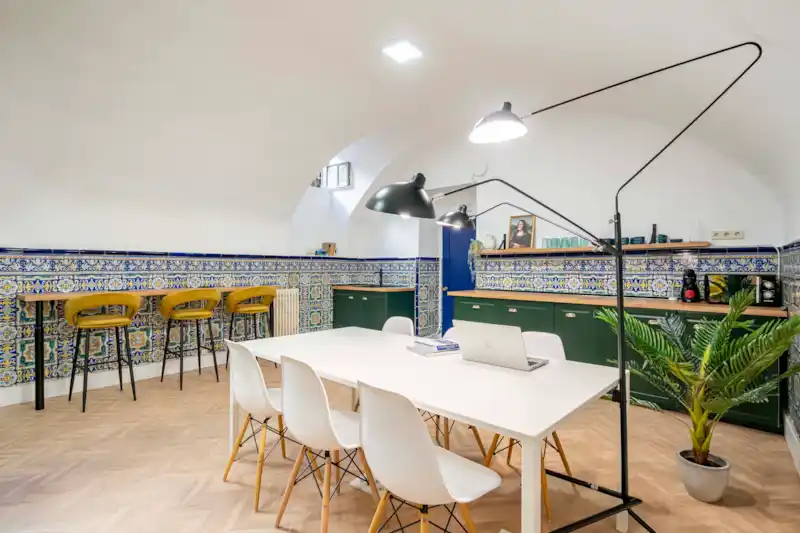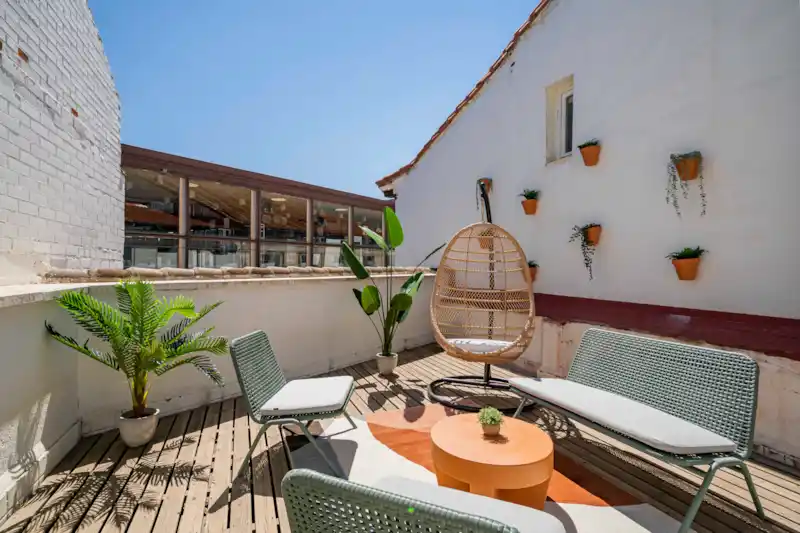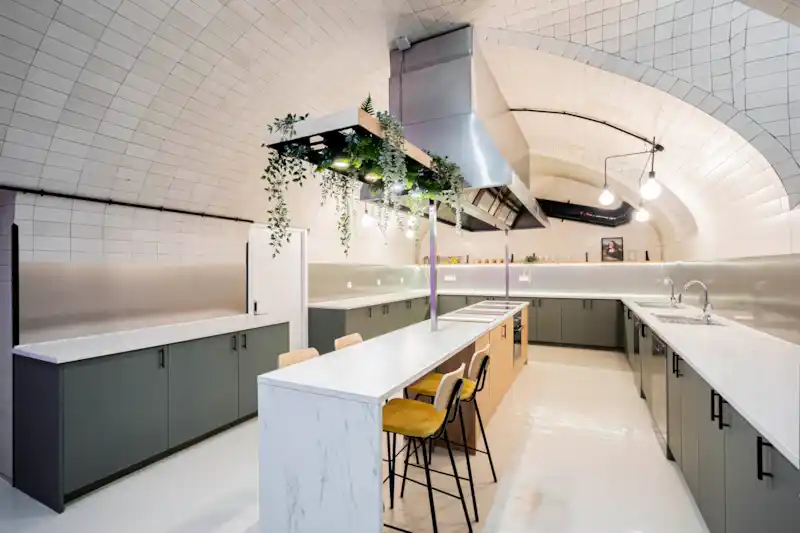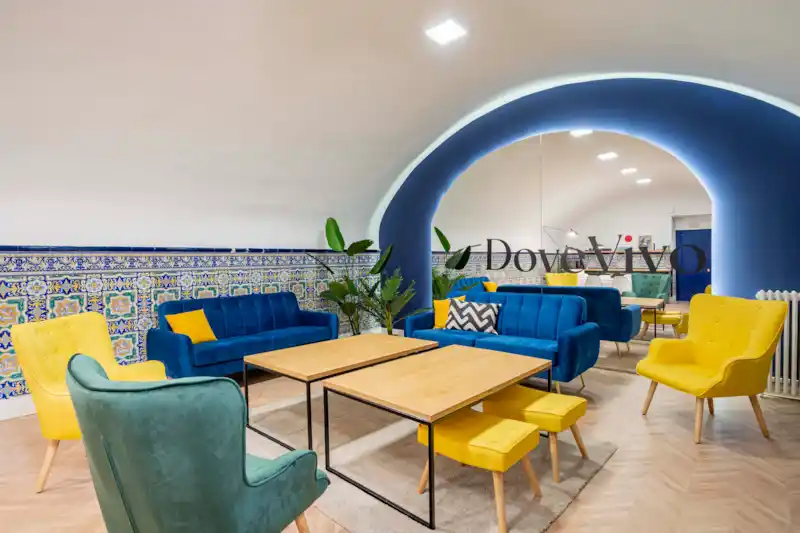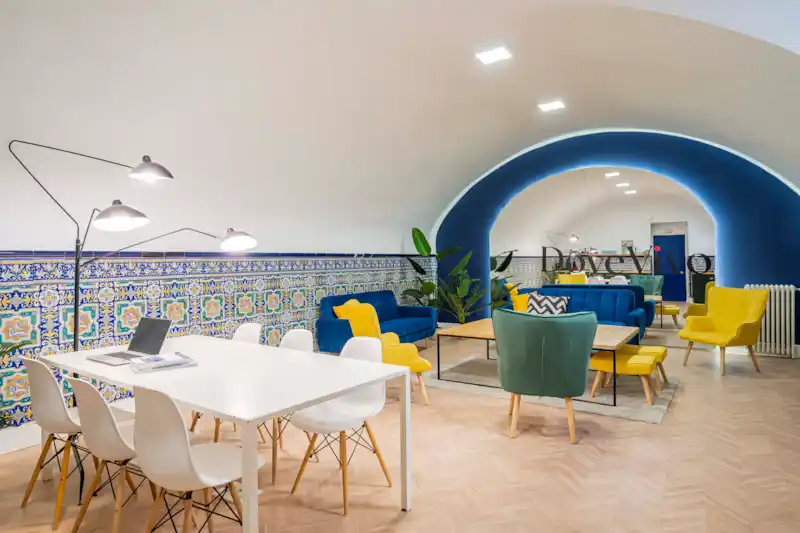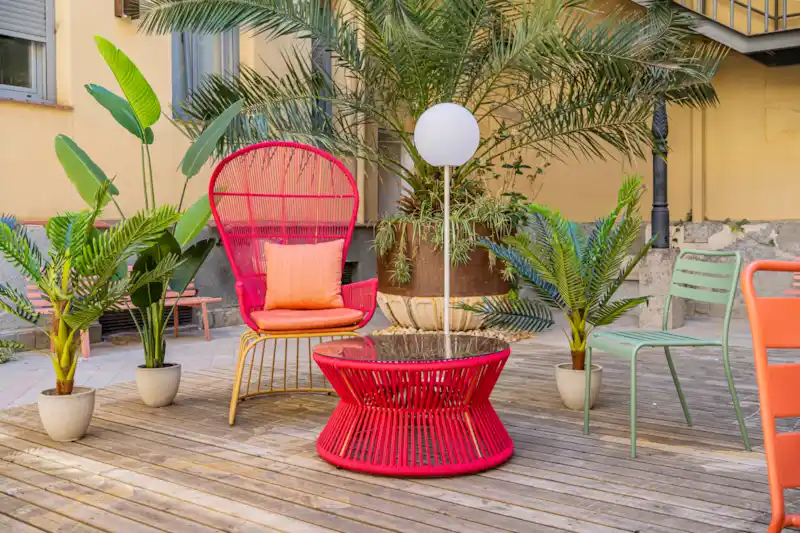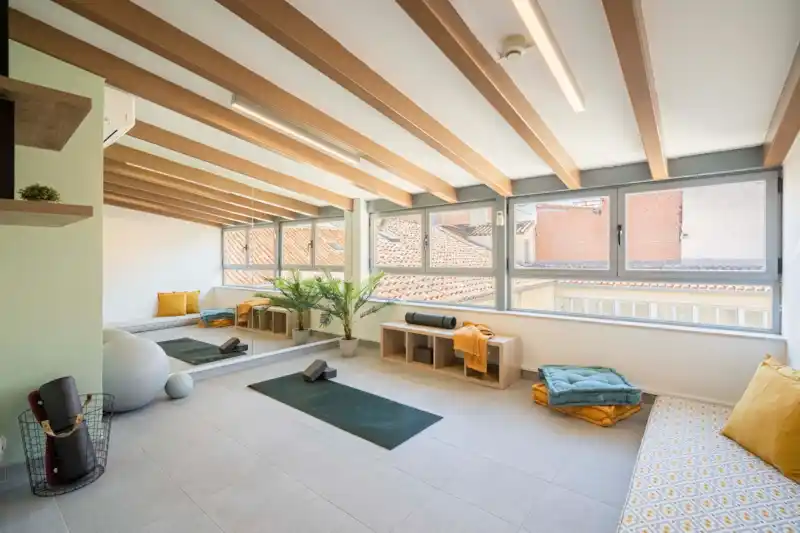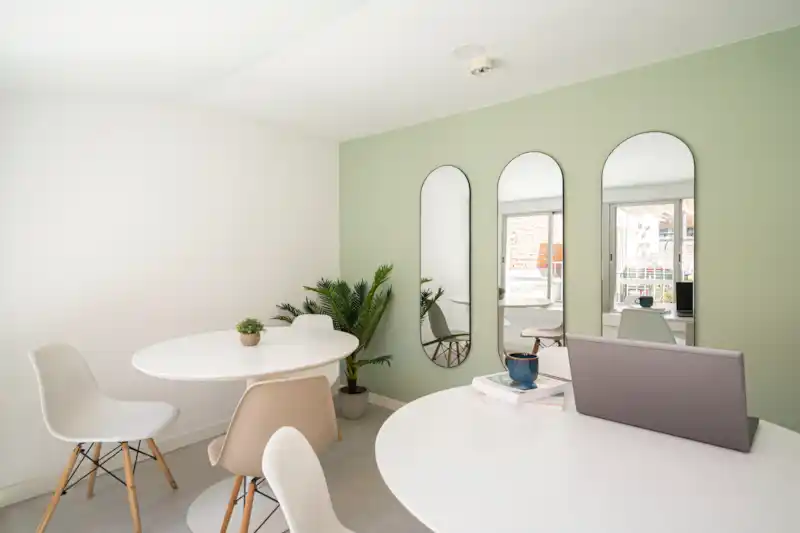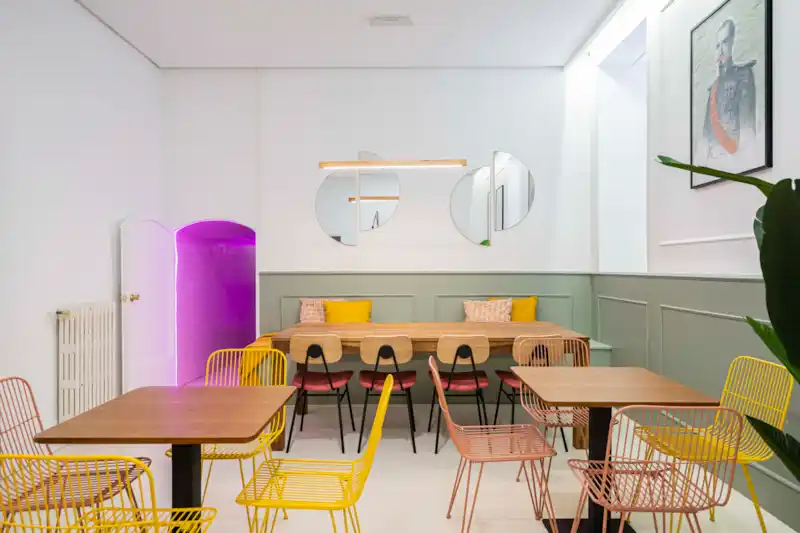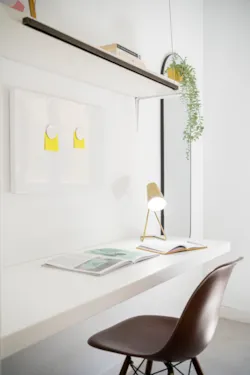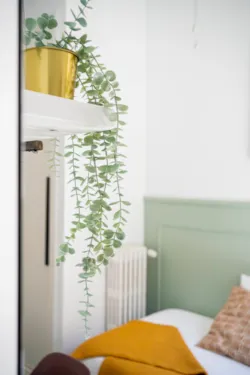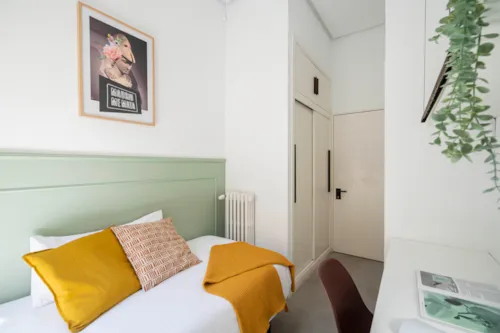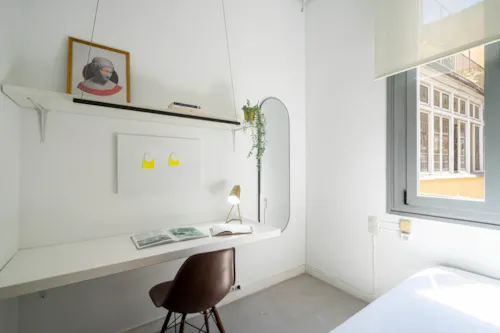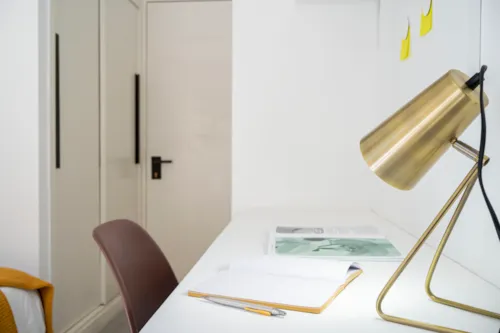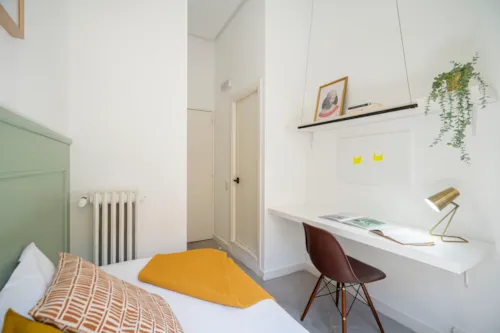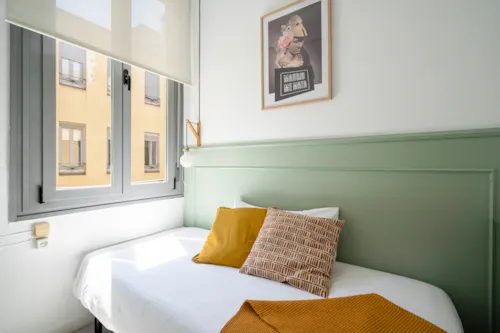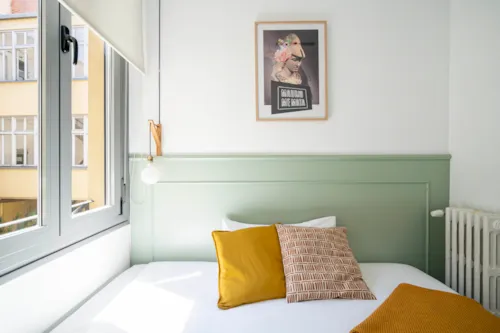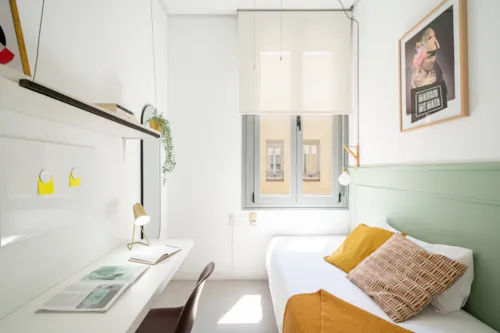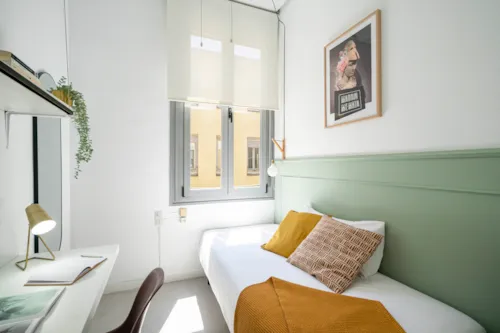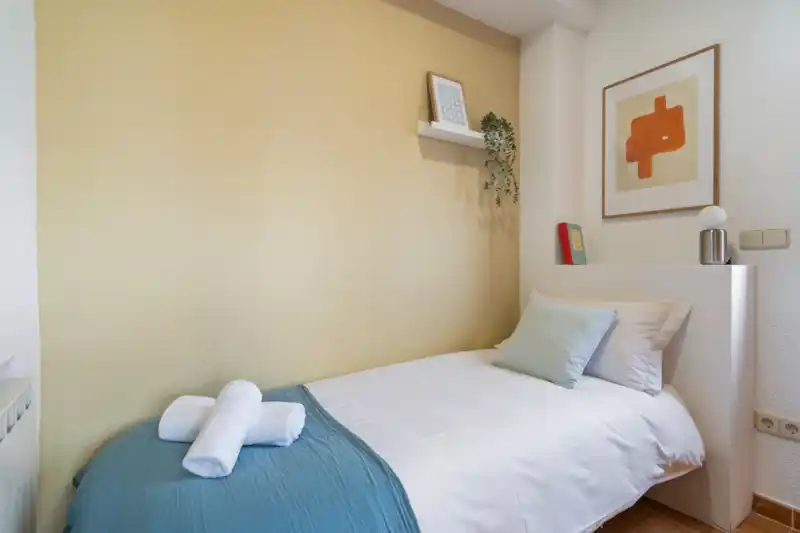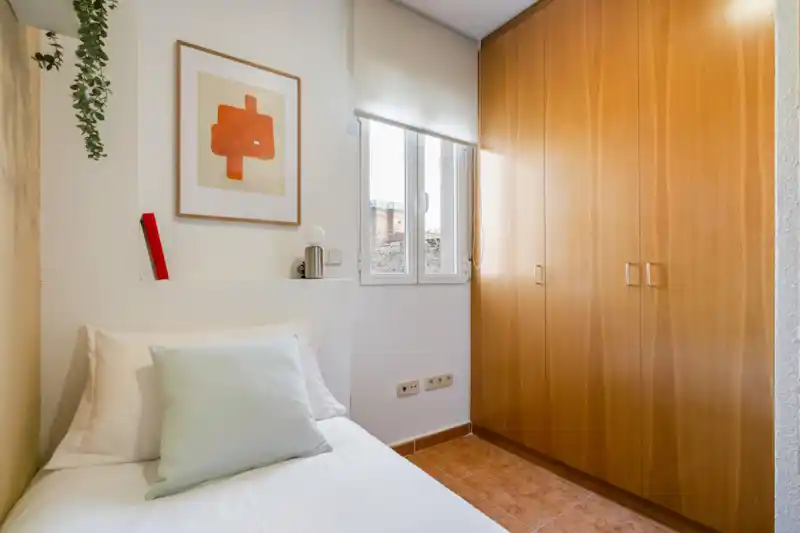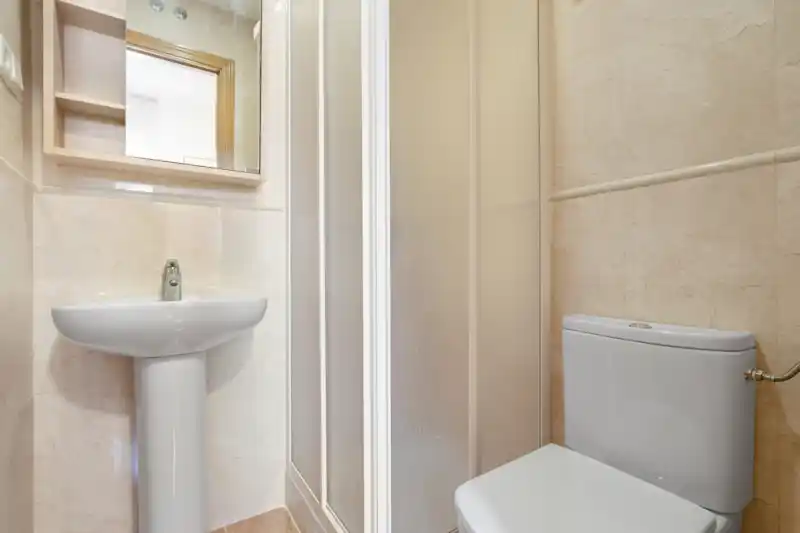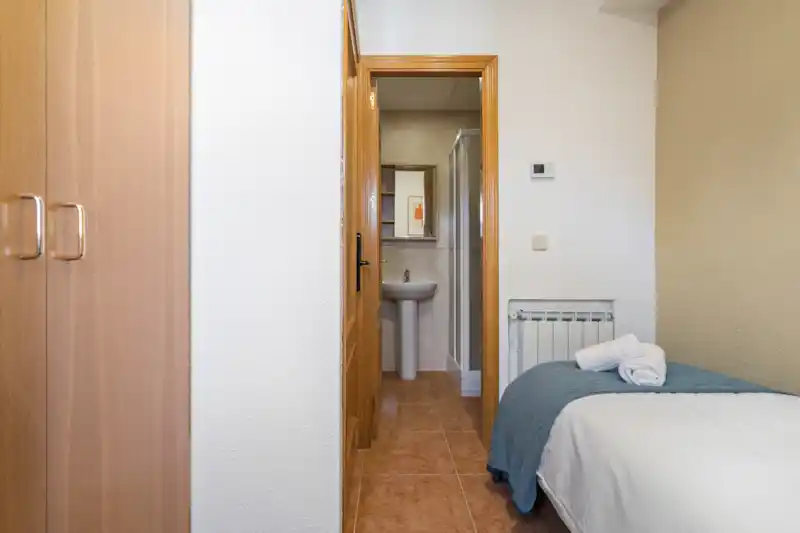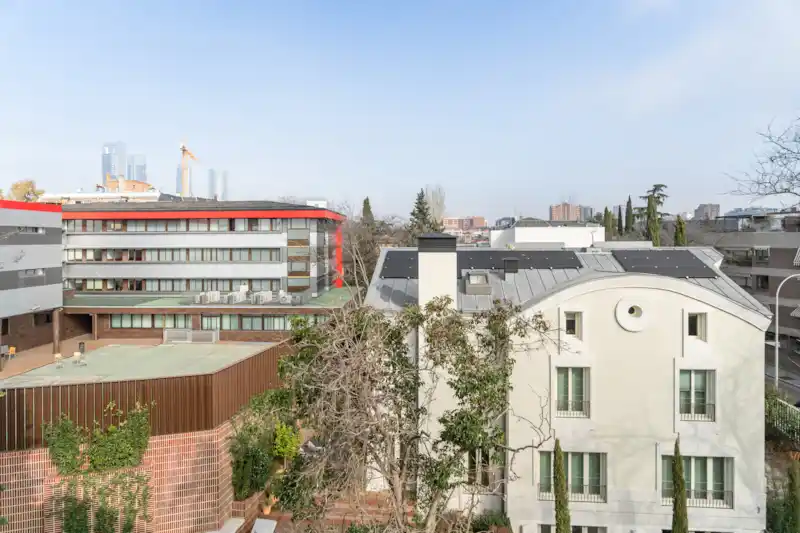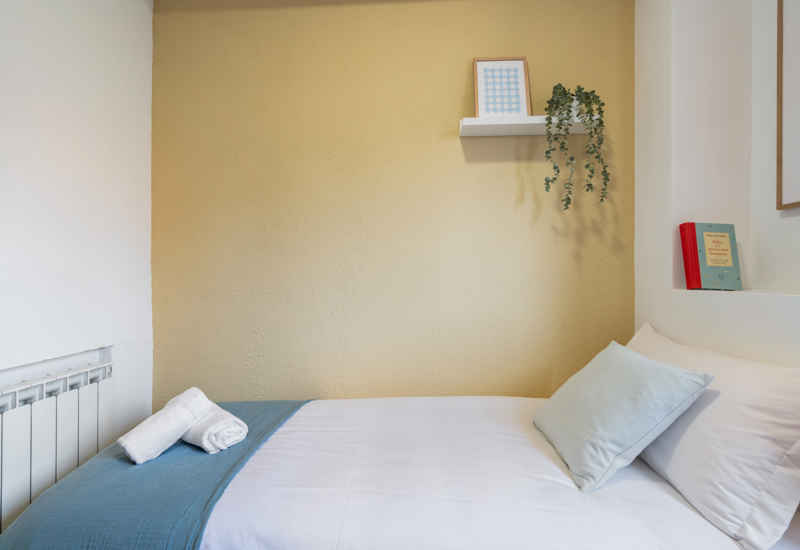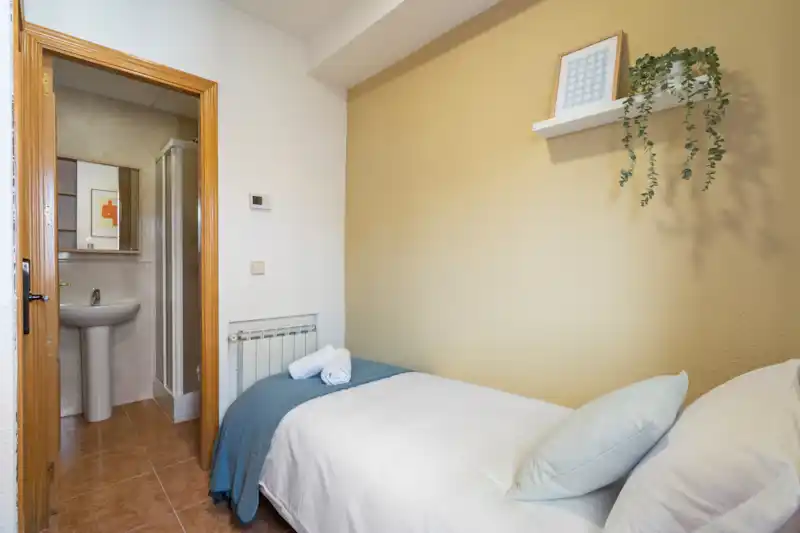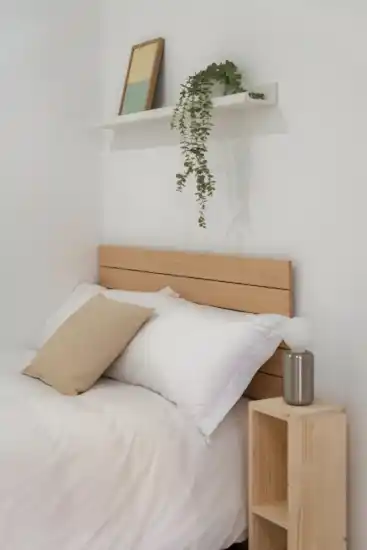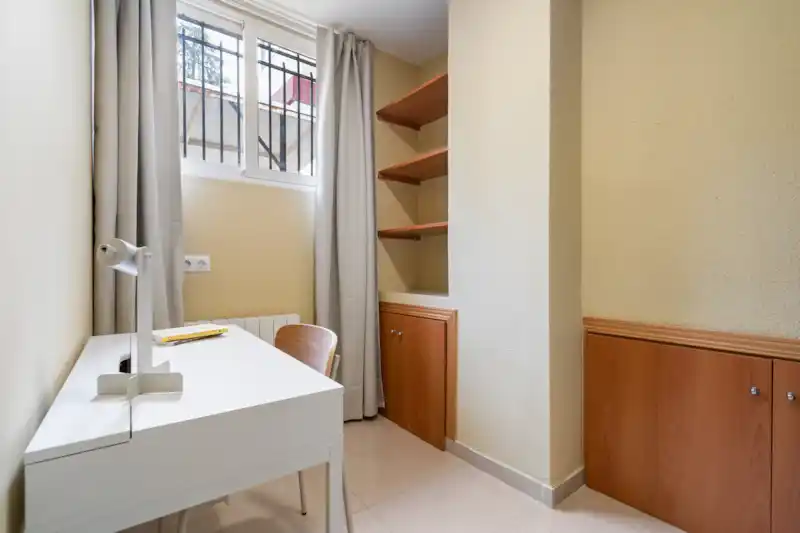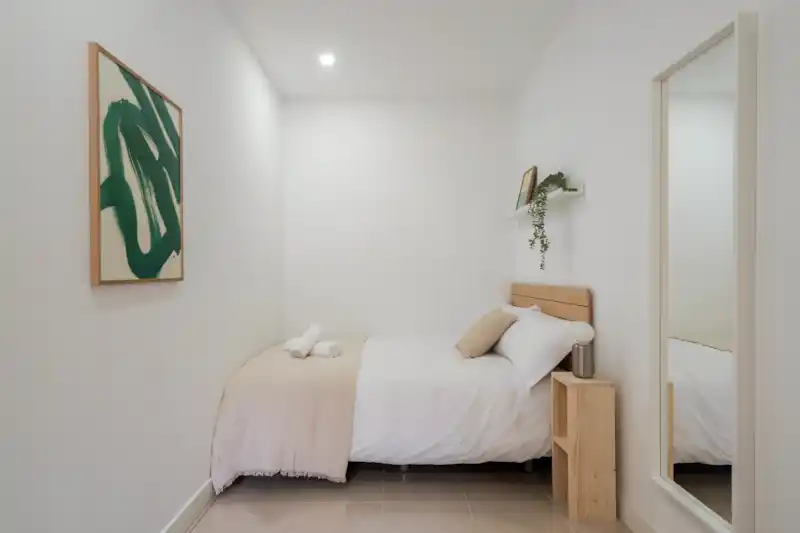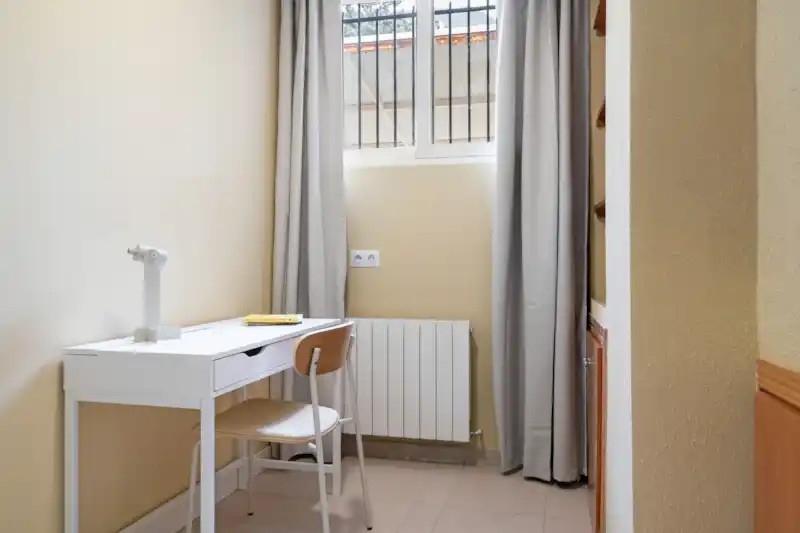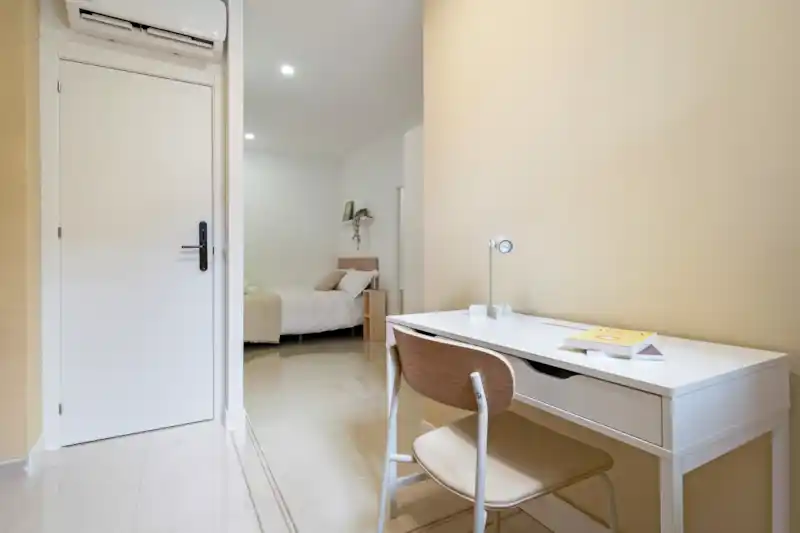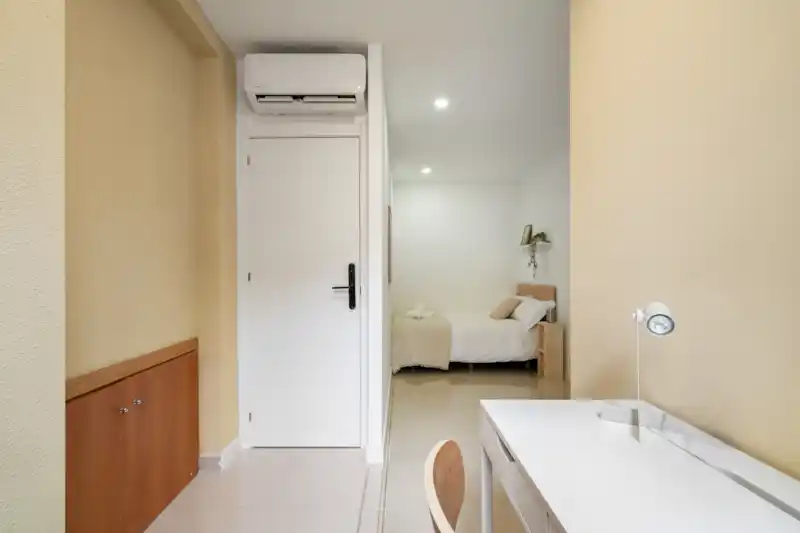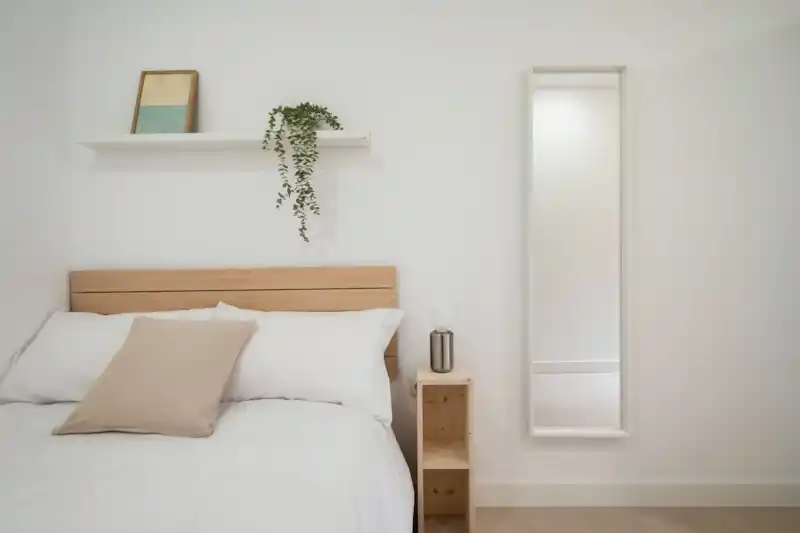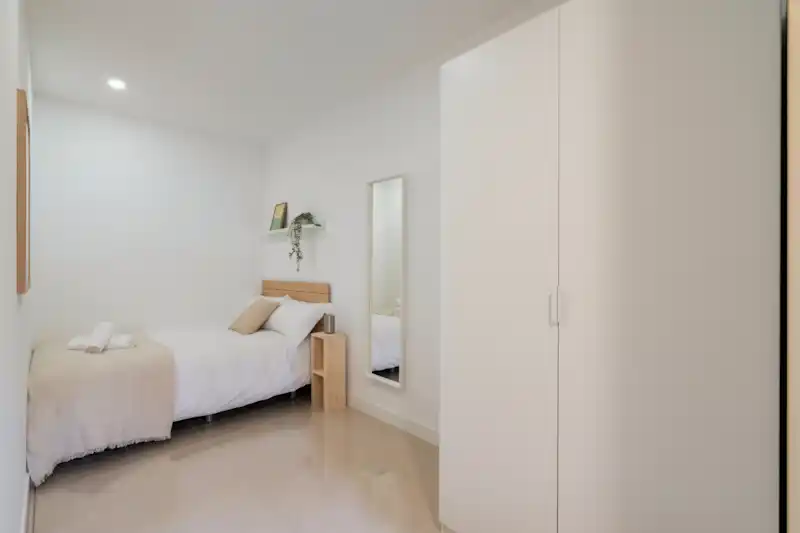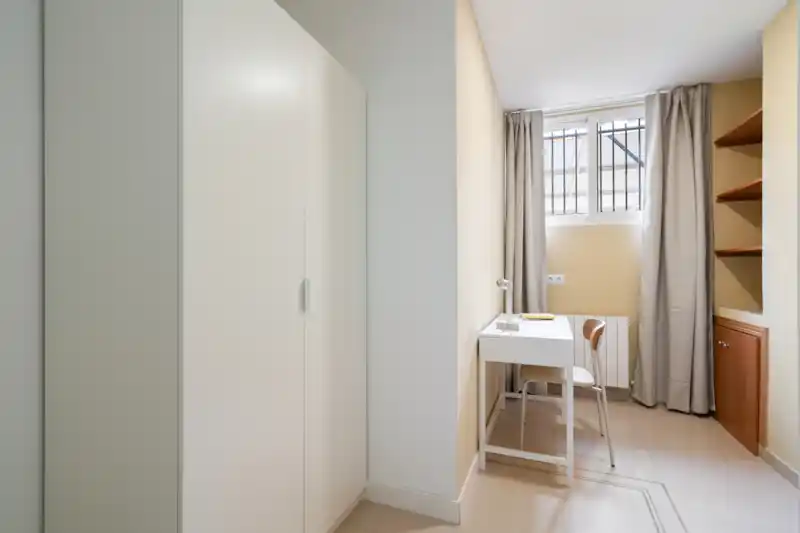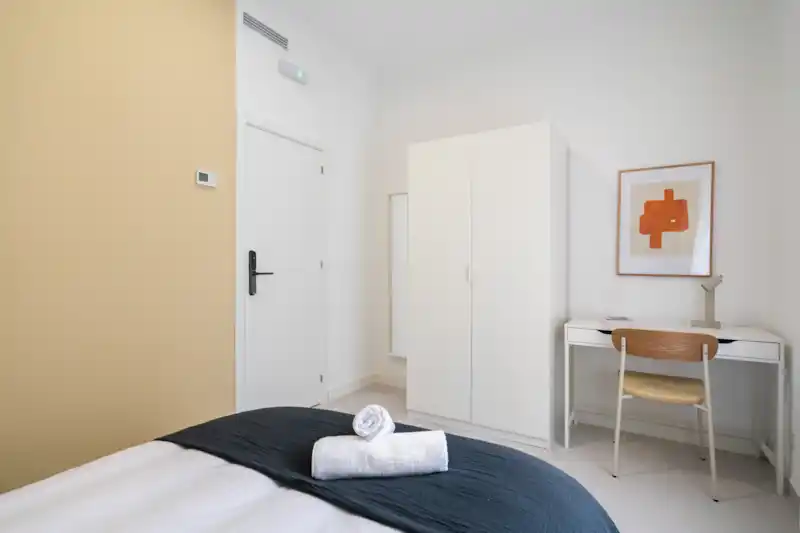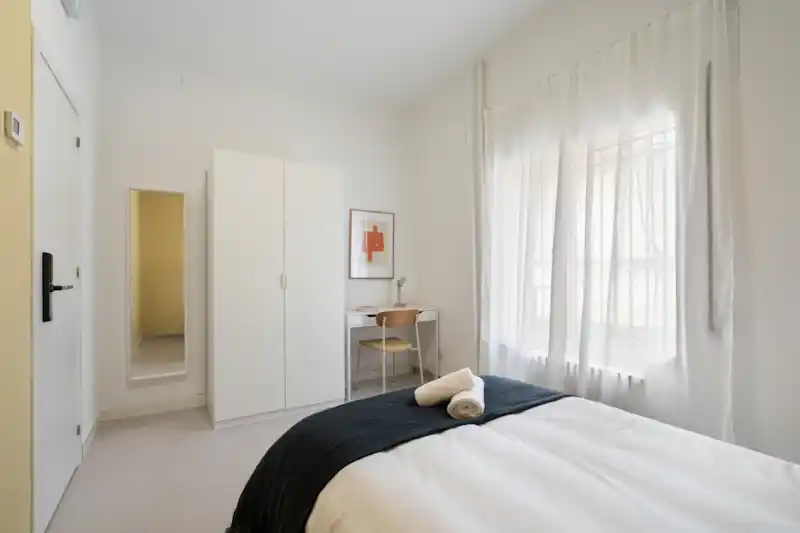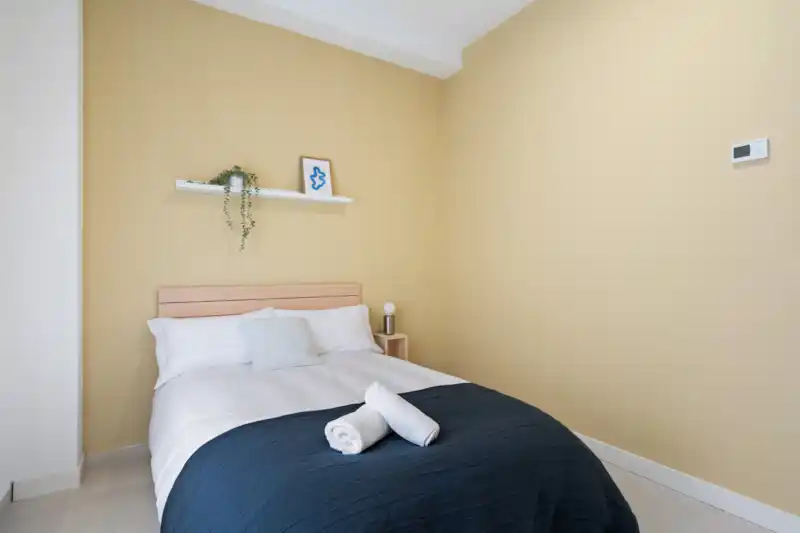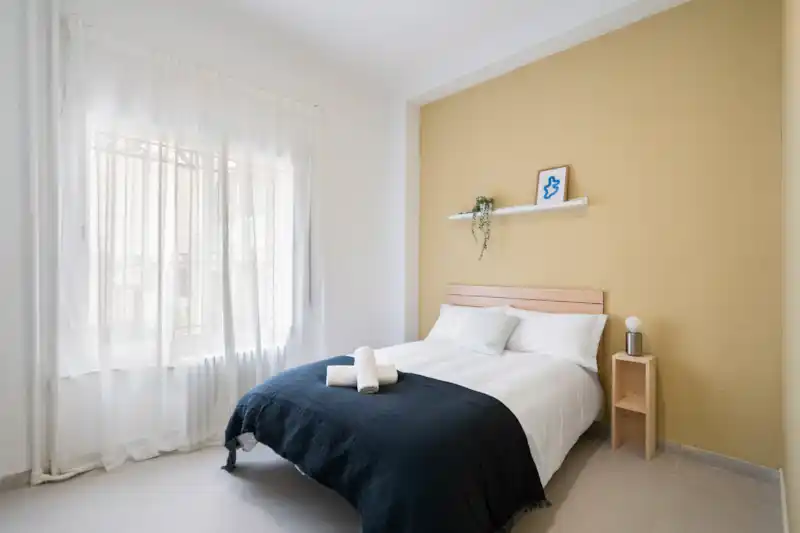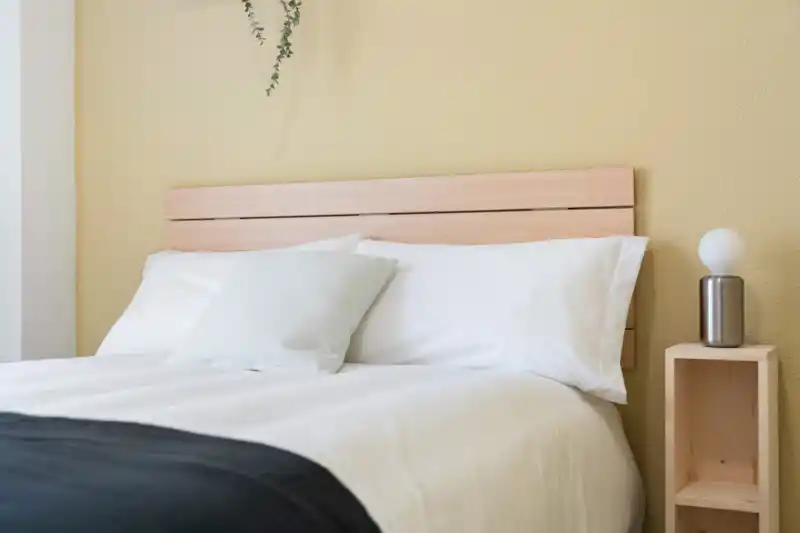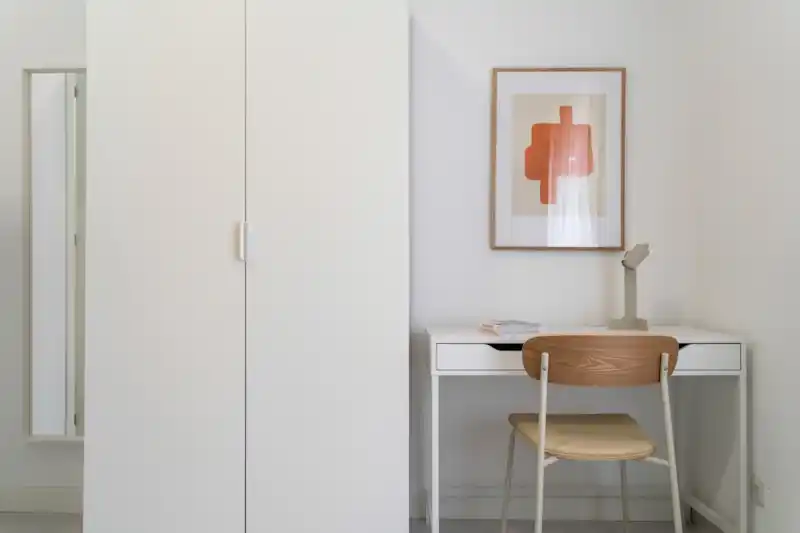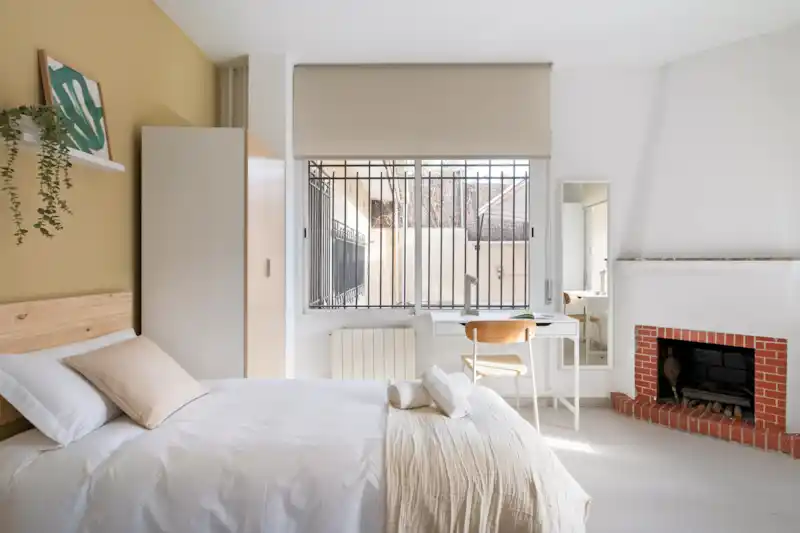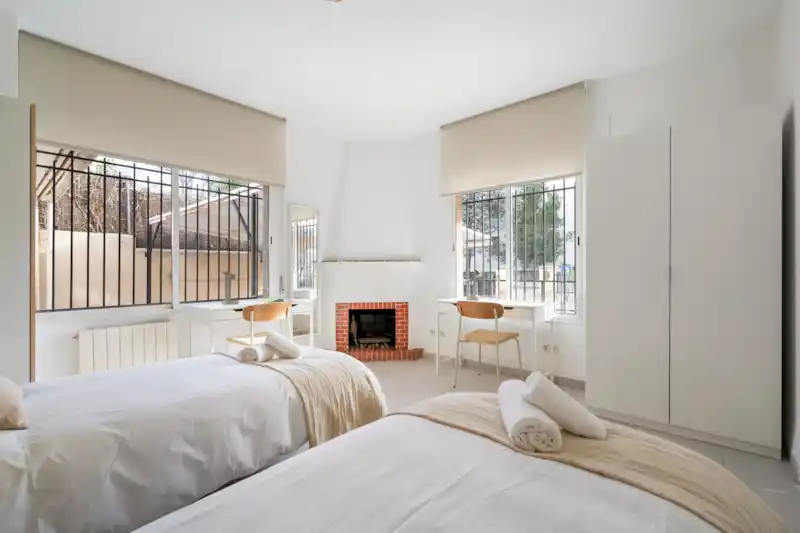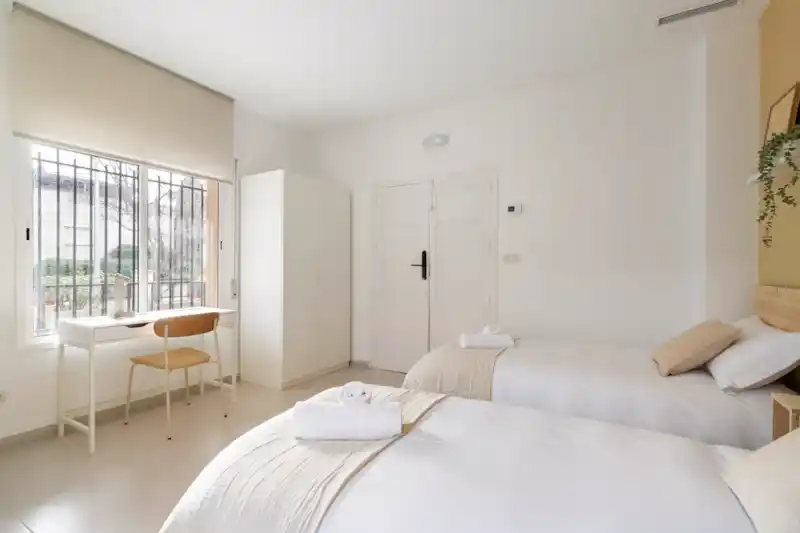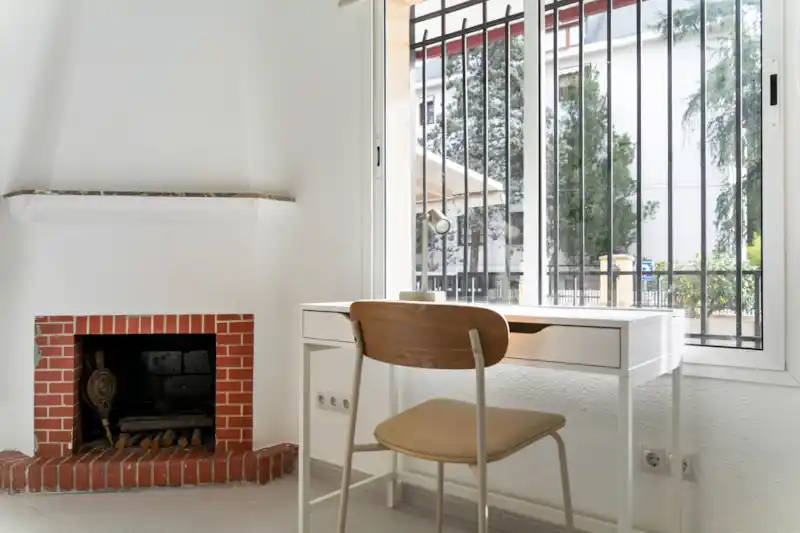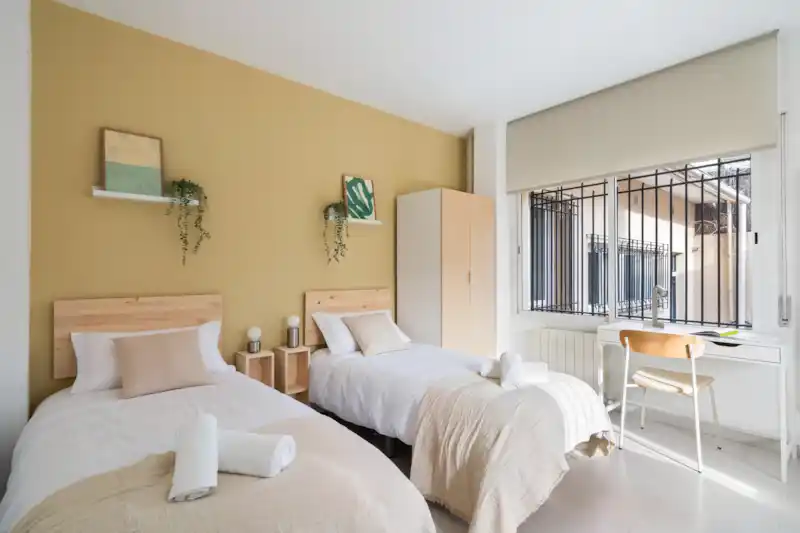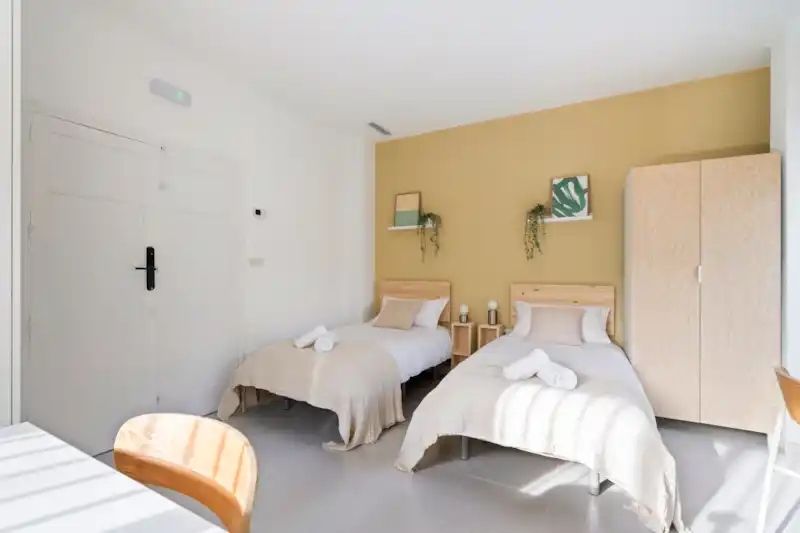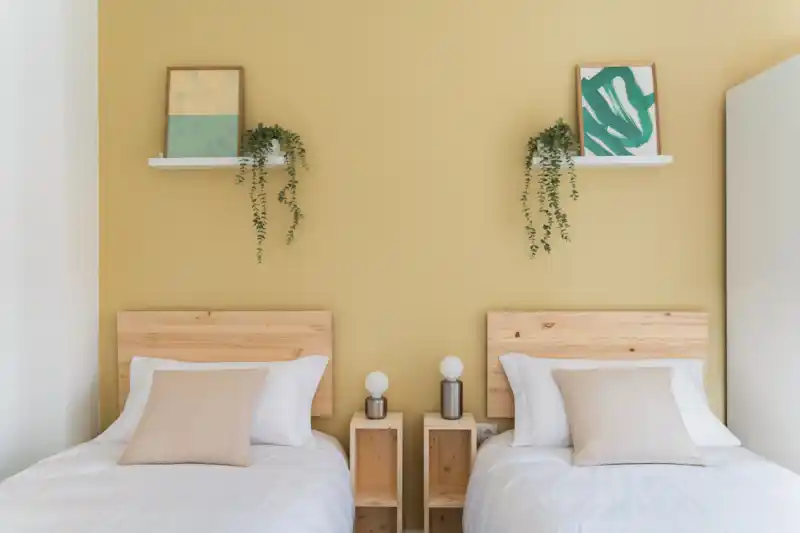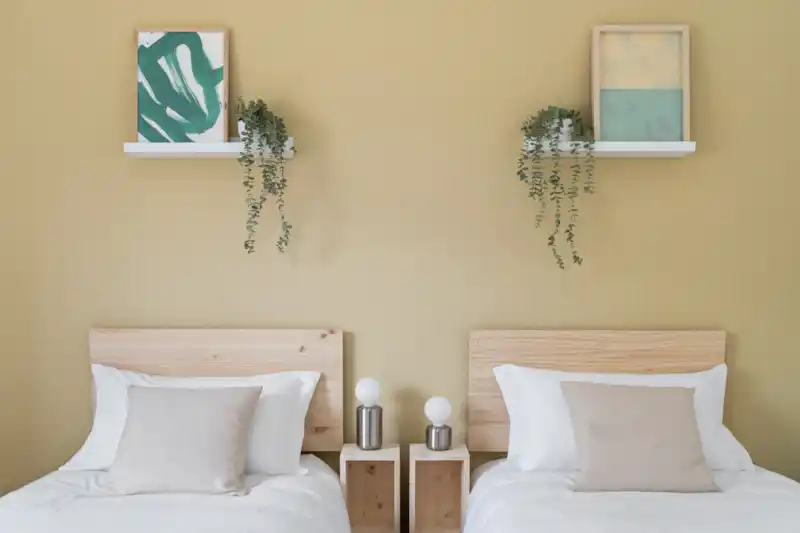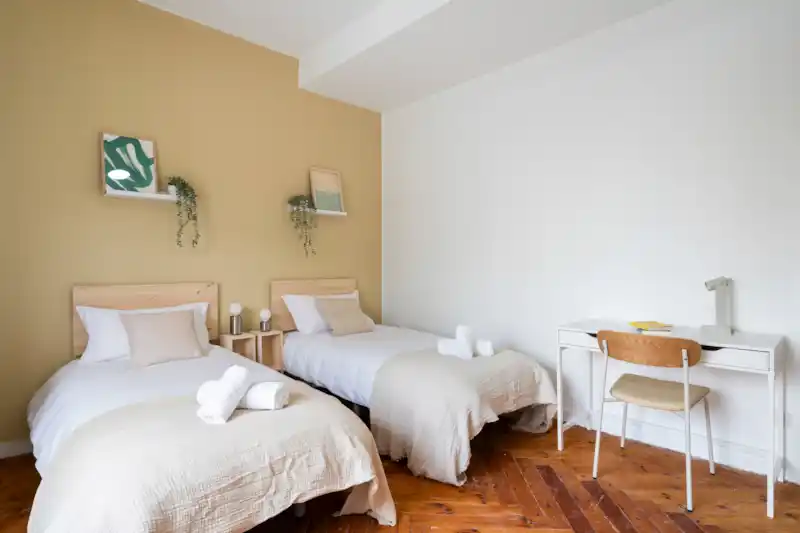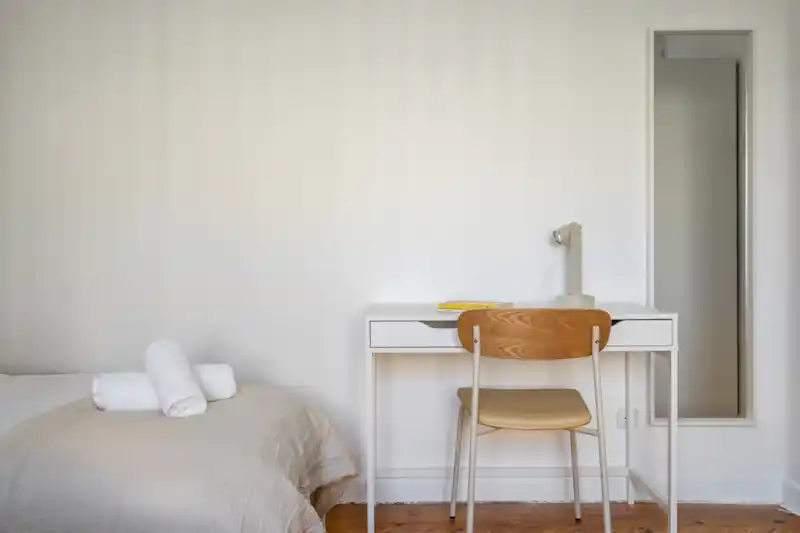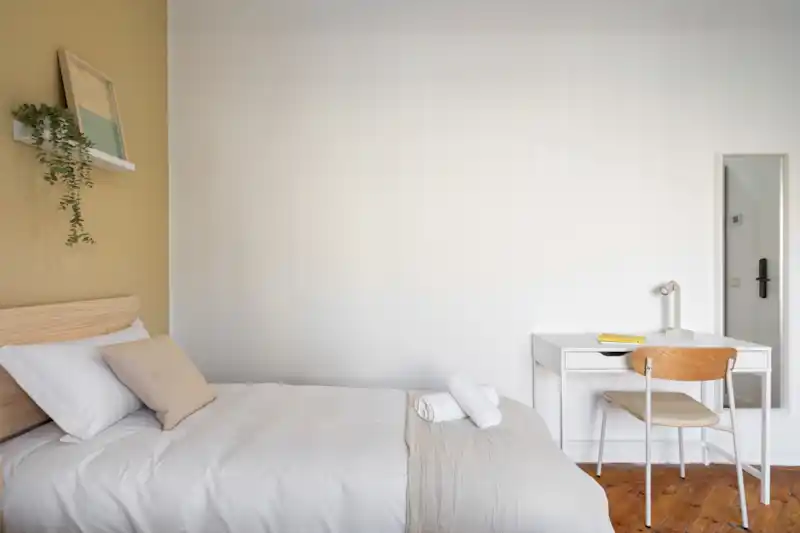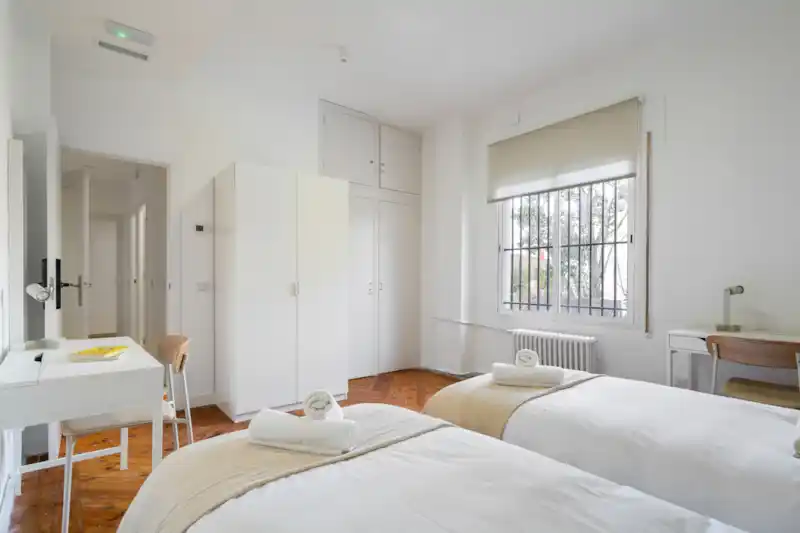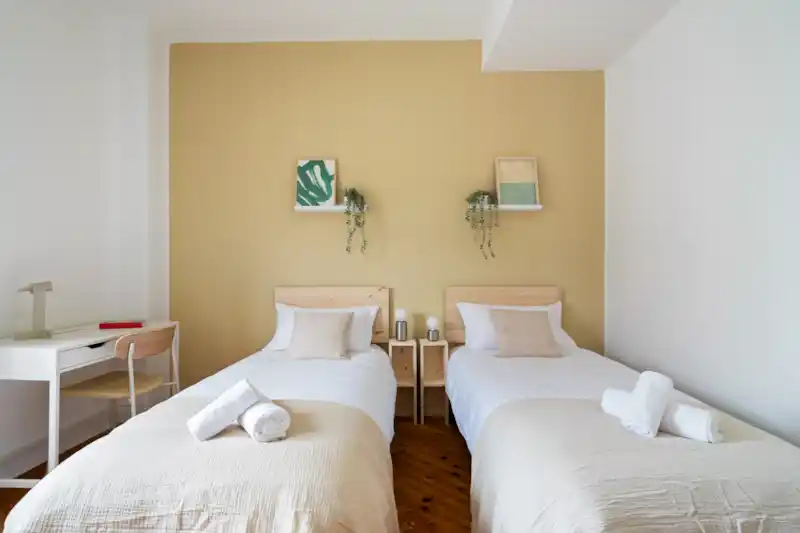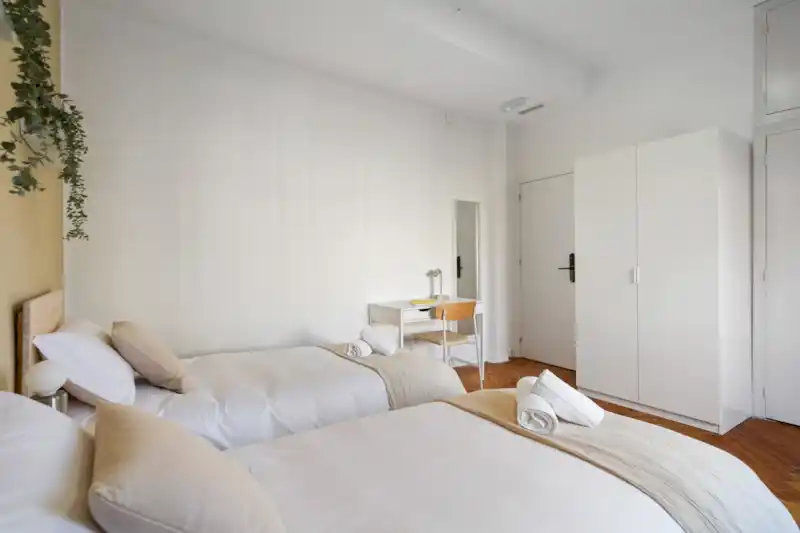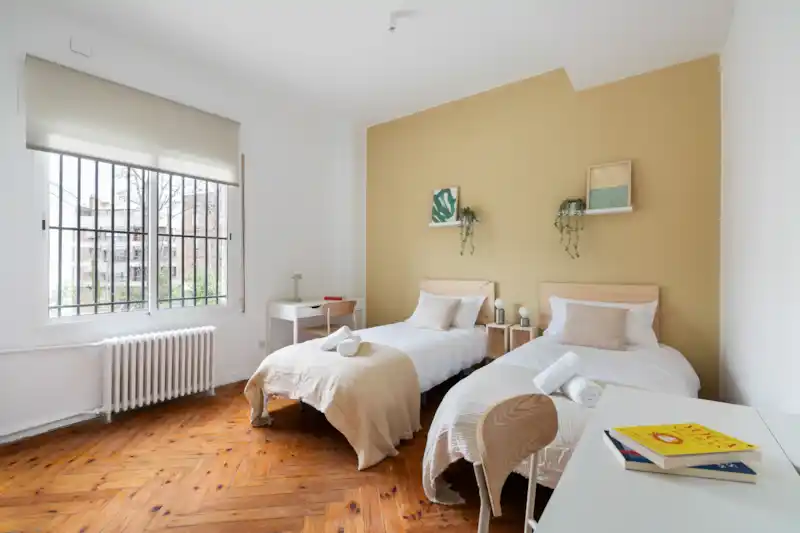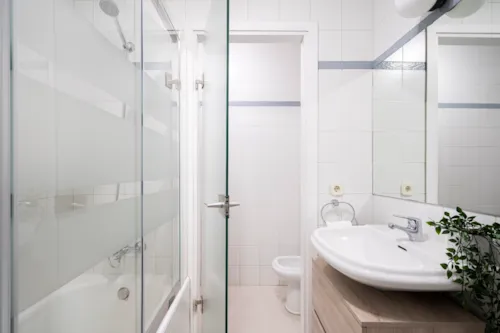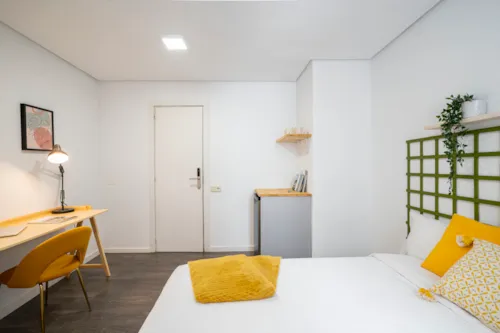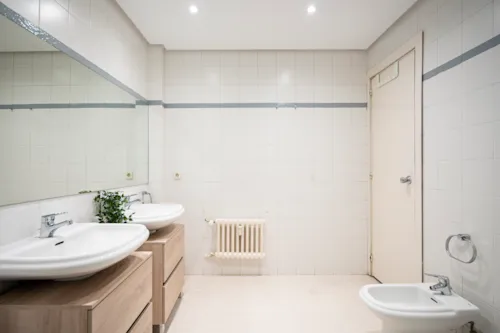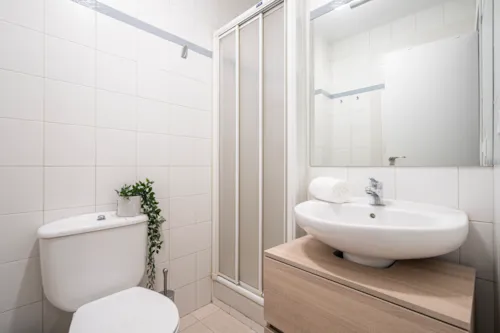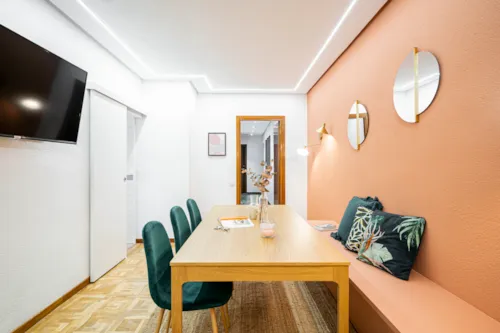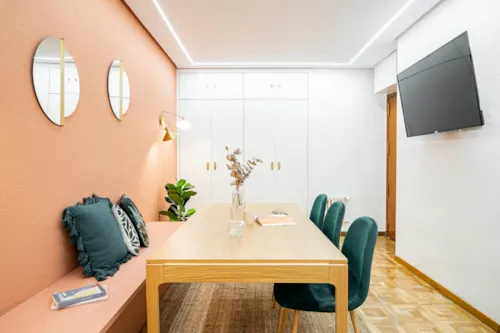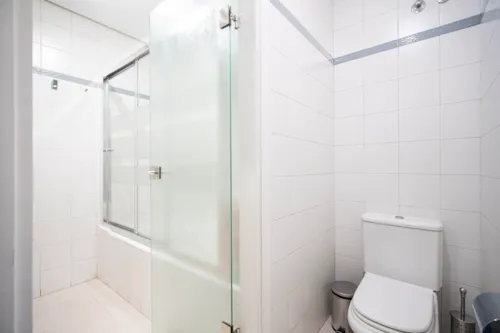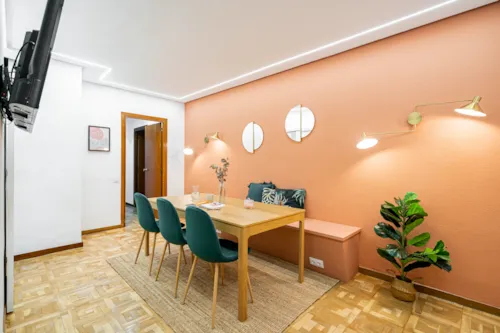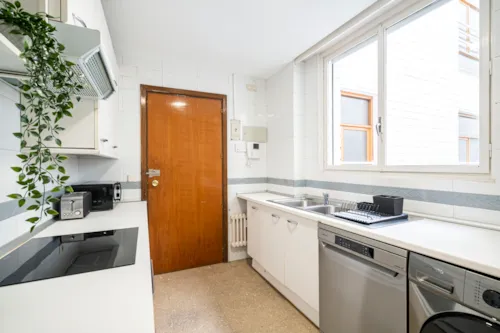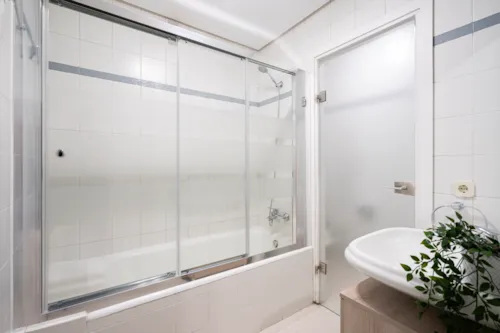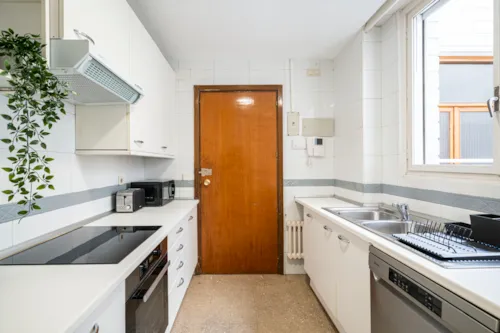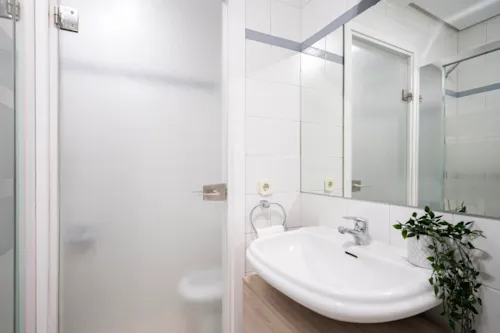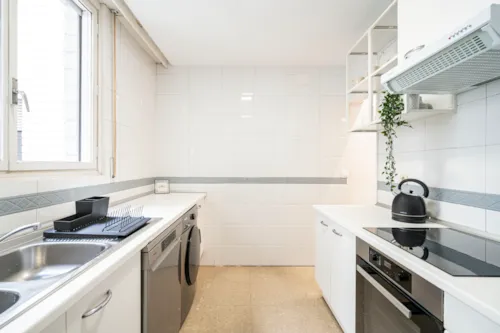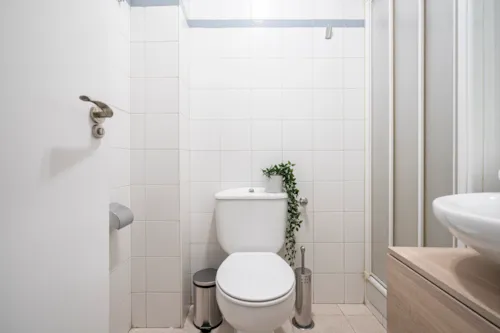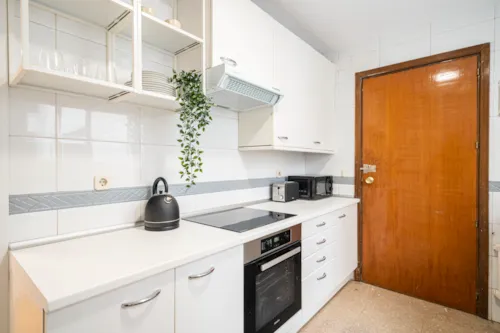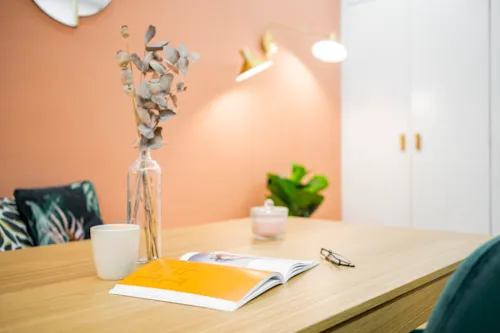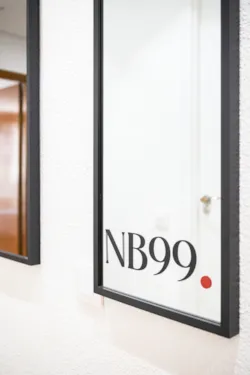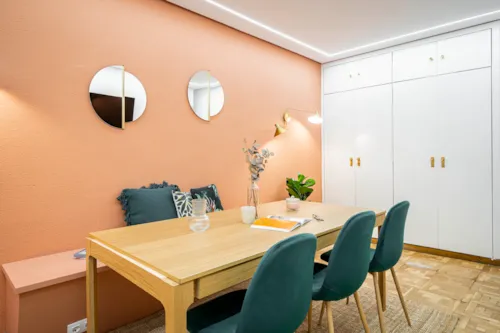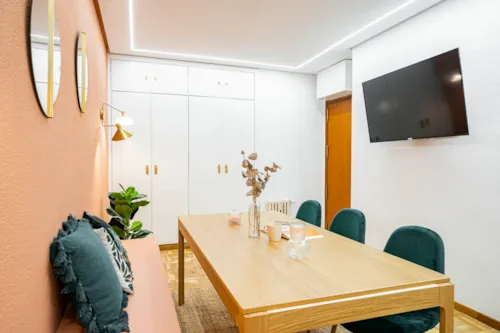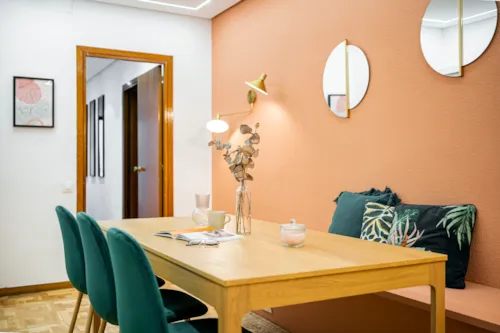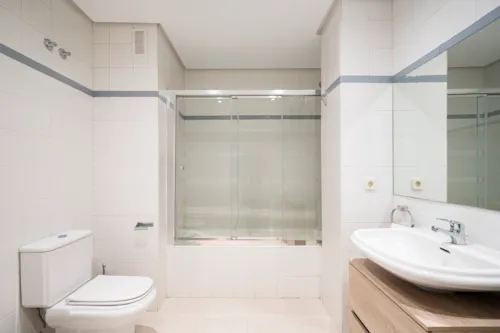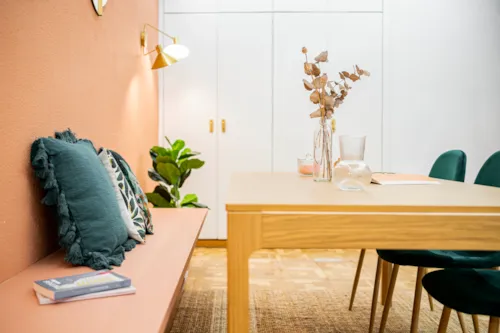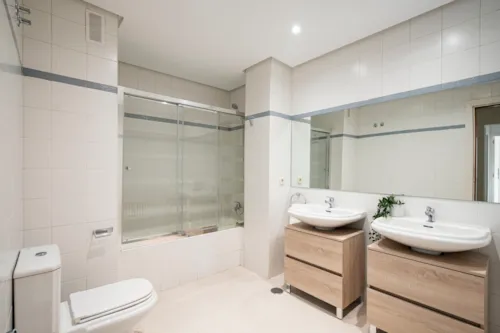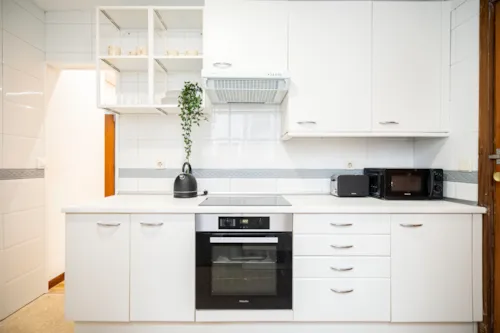Lavapiés
The Lavapiés area in Madrid is part of the Embajadores district and is located southeast of the city centre. In the past, this part of the city, which is adjacent to the La Latina district, was inhabited mainly by the Jewish population and owes its name to an ancient spring. This was located in the square of the same name and served the ritual of washing the feet before entering the place of worship, the synagogue. Lavapiés also became the name of an entire street and metro stop.
Its popular tradition is still in vogue today. In fact, Lavapiés is known as the most multi-ethnic area of Madrid, a district in which to appreciate the popular life of the city. Over time, families of Indians, Moroccans, Arabs, Africans, Latin Americans have settled here, and there are plenty of shops and places selling traditional cuisines from all these countries.
It is precisely its multiculturalism, and thus the presence of different customs and habits, that has given the neighbourhood a reputation as a bad and somewhat dangerous area. In reality, it is becoming more and more trendy, especially in recent decades when great urban and social changes and transformations have taken place. These, however, have not changed its layout; in fact, it still retains its irregular network of narrow, medieval streets.

We have no availability in this neighborhood
What to see and do
This is one of the oldest areas of the city where the original physiognomy and characteristic architectural identity can still be seen. In Lavapiés there are no elegant buildings or imposing statues, but there are the famous corrales, what we know as railing houses, which were built around a large central courtyard.
A good idea to get acquainted with the neighbourhood is to walk through its streets, admire the popular and everyday dimension and be overwhelmed by the atmosphere and scents that the area offers. If you are careful and keep your eyes open, you can make a myriad of small discoveries around every corner. For example, the multicultural Mesòn de Paredes, Plaza Agustin, calle Cabeza, where the old Inquisition prisons are located. Or pass by calle Magdalena, where the baroque Palace of the Marqués de Perales now houses the Filmoteca de Madrid. This is the historical archive where the Spanish film heritage is preserved, all within a historical building.


Lavapiés is also a district with a deep artistic and cultural soul. There are no big museums, which can be found in other districts of Madrid, but it is one of the areas where theatres, cinemas, bookshops and cultural centres are concentrated. Various events are organised here to promote contemporary cultural activities and emerging artists. Speaking of theatres, the Teatro Valle-Inclán, a secondary seat of the Centro Dramático Nacional, and the Teatro Circo Price are worth mentioning. The latter, recovered from an old biscuit factory, hosts events, concerts, stage and circus performances.
For example, La Casa Encendida is one of the most famous cultural centres not only in the district but in the city. Here you can find the major expressions of the Spanish avant-garde declined in the most diverse artistic expressions. In addition, courses and workshops are organised to involve the youngest people and residents of the neighbourhood. This makes it a neighbourhood with a distinctly solidarity-based tendency.
A short walk from the centre of Lavapiés is the Museo Nacional Reina Sofia, where you can admire the works of Dalí, Miró and Juan Gris and the unmissable Guernica by Picasso.
In addition, various types of events are organised throughout the year, such as the Lavapiés Film Festival and Tapapiés. The latter is a tapas-themed itinerary that takes you on a tour through the streets of the neighbourhood and is held every autumn.
Where to eat and drink
The multiculturalism of Lavapiés also emerges from the rich presence of restaurants and ethnic cuisine venues. It is probably the district that offers the greatest variety of gastronomic proposals: Indian, Chinese, Japanese, African, South American, Greek, Thai, Cuban and so on. One of the obligatory stops is Habibi, one of the oldest Lebanese restaurants in the neighbourhood.
Right on Calle Lavapiés you will find different types of establishments one after the other that, during the summer, expand with tables and chairs outside all along the street. The atmosphere that is created is unique: here you will be overwhelmed by so many scents, spices and colours. To name a few places you will find in the area: Megha Halal Cuisine, Bangladeshi cuisine; Kebap Y Biryani House and Telekebab y Comida India are just two of the many Indian restaurants. Al Bahía, La Alhambra and La Principessa Araba are three restaurants with Moroccan cuisine.
But we are still in Madrid, so you can also find the more traditional taverns where you can enjoy typical Spanish tapas. Both in the streets and in the squares, there are plenty of options: the bar El Económico, located in Calle Argumosa, is one of the landmarks in the Barrio Lavapiés, then there are also La Pianola Bar, Tapas y Fotos, Taberna El Sur, Latazo, La burlona bar. Wandering around the neighbourhood you will discover many other establishments, some of them small, but with a rich and also inexpensive offer.


Although meat and fish are among the main ingredients of both tapas and paella, there are also various solutions for those who prefer vegetarian or vegan cuisine. There are restaurants that focus entirely on recipes that do not use foods of animal origin but rely on ecologically produced food. Here are some reference restaurants: Mad Mad Vegan, Distrito Vegano, Santa y pura Vegan Bar, La Encomienda.
If you are looking for a café to have breakfast or a coffee on the fly: Cafelito, Plántate: Better Coffee & Brunch, which also offers brunch options, Cafetería Esparteros, where you can also enjoy churros with chocolate.
Taking a leap from morning to night, there are also several nightclubs in Lavapiés to have fun and party late into the night, for example Club 33, Medias Puri, La Noche Boca Arriba, La Huelga de Lavapiés, this is a small pub but specialises in soul and rock music.

Where to go shopping
Alongside the restaurants, there are also ethnic shops selling typical products from almost every country in the world. Thus, you can find groceries and supermarkets, but also shops selling clothes, shoes, gifts and so on.
It is the right neighbourhood to go to if you are looking for original objects that express the traditions of different cultures. Wandering around the streets of Lavapiés is a bit like walking around the world without leaving Madrid, or without even leaving this barrio.
Its multifaceted character is what also makes it the centre of contemporary culture. Many art galleries have sprung up with varied and avant-garde proposals that also arise from the contaminations between Spanish traditions, still rooted in the neighbourhood, and the customs and traditions brought by the foreign countries that have settled here.
A very interesting place to visit is the Mercado de San Fernando, a renovated covered market where you can buy fresh produce and gourmet snacks. Here you will also find stalls selling handicrafts, clothing and books, the particularity of which is that they are bought by weight. This is the original proposal of La Casqueria.
The other market in the neighbourhood is the Mercado San Antón Martín where you can find classic fresh produce but also a wide selection of multicultural foods. In perfect Lavapiés style.

Some questions?
Have more questions?
